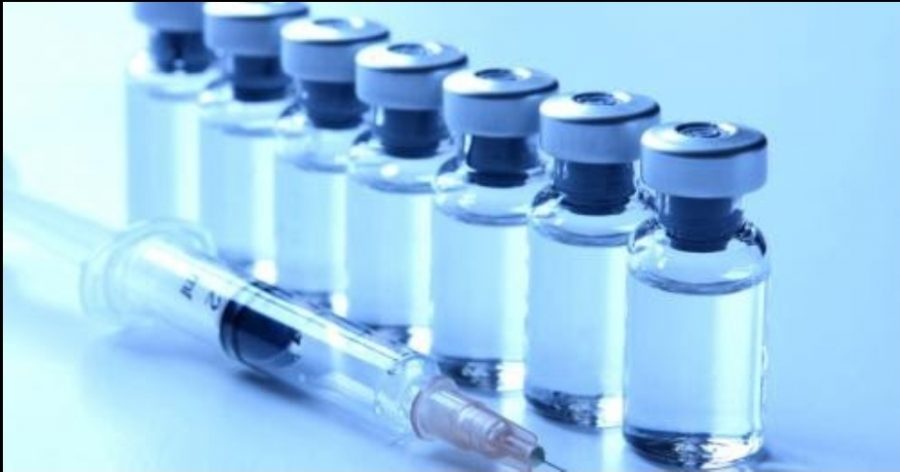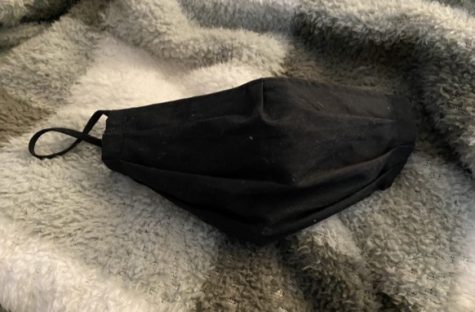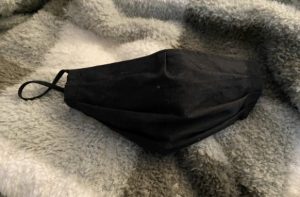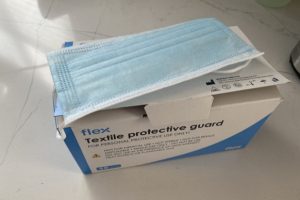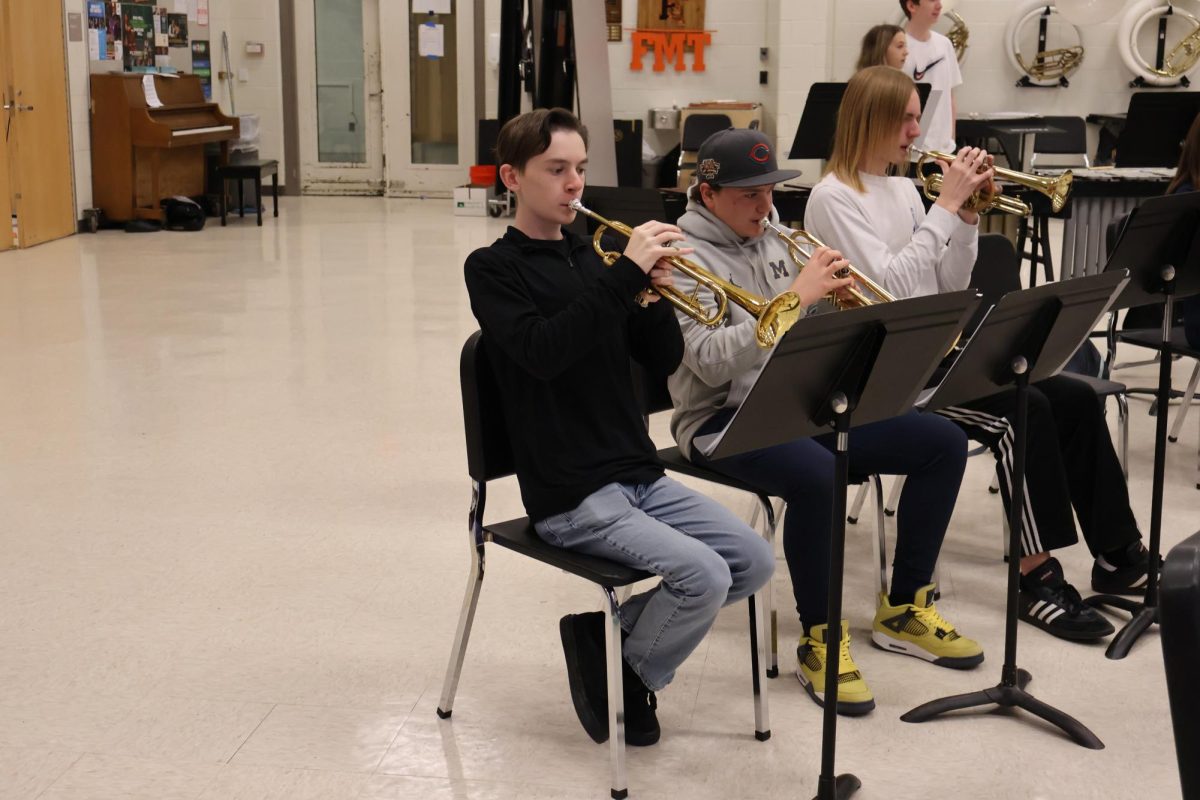COVID-19 Vaccines: Moderna VS. Pfizer
March 3, 2021
For almost a year now, COVID-19 has changed the way of living and vaccines are now being distributed. There are three different vaccines: the Moderna vaccine, the Pfizer vaccine and the Johnson & Johnson vaccine that is starting to make its entrance after getting a positive FDA review. The real question is, for those planning to receive the vaccine, which vaccine should people get, the Moderna or the Pfizer?
The Moderna vaccine consists of two shots that people receive 28 days apart, the shot is put in the muscle of the individual’s upper arm. This vaccine is recommended for people 18 years of age or older. However, if an allergic reaction occurs after getting the first shot, individuals should not get the second.
With many vaccine comes side effects— although there aren’t many, people should still be aware of what they are. The side effects of the Moderna consist of pain, swelling and redness in the arm that received the shot. Other side effects are chills, tiredness and headaches throughout the rest of the body. These effects may start taking place a day or two after getting the first vaccine shot. They may also feel like flu-like symptoms and may even affect the person’s ability to do daily activities.
The other vaccine option currently available is the Pfizer vaccine. This vaccine is also two shots and people get them 21 days apart in the muscle of the upper arm. The Pfizer vaccine is recommended for people 16 years of age or older. Again, if an allergic reaction occurs within four hours of getting the first vaccination shot, individuals should not receive the second shot.
The side effects of the Pfizer vaccine are the same as the Moderna vaccine. If individuals experience a severe allergic reaction from either vaccine, they are instructed to call 911 or go to the nearest hospital immediately.
The Pfizer vaccine is 95 percent effective at preventing COVID-19. The Moderna vaccine is 94.1 percent effective at preventing COVID-19. However, the Centers for Disease Control and Prevention (CDC) will continue to provide updates as there is more to learn about the vaccines.
State Road Elementary teacher Kim Hunault has received both doses of the Pfizer vaccine, experiencing numerous of the listed side effects.
“I only had a slight sore arm after I received the first dose of Pfizer; however, I experienced several side effects after the second shot,” Hunault said. “I initially felt normal, but after three hours a headache started and six hours later I started feeling a little funny. After eight hours I started feeling nauseous and noticed I had a low-grade fever and my headache had gotten worse. I only had these symptoms for 36 hours and I thankfully got my second shot on a Saturday so I was able to rest all weekend and felt much better. Both of my appointments to receive my vaccine ran very smoothly and were great experiences. I was so grateful for so many volunteers who made getting the vaccine possible.”
Not all patients experience the same side effects, however. Some may experience multiple side effects while others could experience none.
“The only side effect I had was six to ten hours following the vaccine. I felt an ache in my arm but it only lasted maybe 24 hours,” Dr. Anthony Fauci said in an article with People.com. “It went away and other than that I felt no other side effects. It was very good, it was maybe even good or better than the influenza vaccine, nothing serious at all. Maybe when I get the boost, I may feel a little achy because the immune system will be improving, but that will go away after about three weeks.”
As of time of press, 2,704,700 doses of vaccines have been distributed to the state of Michigan along with 2,357,259 doses of the vaccine have been distributed. The vaccines first went out to healthcare and frontline workers, and now, in Michigan, the vaccine is being distributed to the elders, people who are at high risk and teachers. Two weeks after the date of injection, the vaccines reach an 85 percent effectiveness, helping slow the spread of COVID-19.

